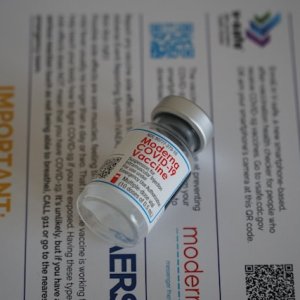
Mexico’s Opportunities and Challenges as a Research Hub
 By Miriam Bello | Senior Journalist and Industry Analyst -
Mon, 08/10/2020 - 14:29
By Miriam Bello | Senior Journalist and Industry Analyst -
Mon, 08/10/2020 - 14:29
Mexico is No. 21 on clinical research globally, says AMIIF. This industry represents US$140 billion globally and in Mexico, for every peso invested, an economic benefit of 1.64 pesos is generated. However, Latin America only receives 6 percent of the global investment. MBN interviewees share their perspectives on Mexico’s potential to become a true research hub.
“The country has favorable conditions to become a regional hub for clinical research. Mexico has an important number of patients treated by IMSS and in total, the public sector tends to more than 70 million patients,” said Fernando Cruz, Country President on Novartis. There are two additional facts that play in favor of Mexico as a research hub. “There is a great deal of talent among healthcare professionals and enough infrastructure to make this investment a smart choice. Additionally, COFEPRIS is a reference in regulatory processes in the region, which allows clinical studies done in Mexico to gain faster approval in many countries of the region that have COFEPRIS as a reference.”
José Luis Torres, Associate Director of Clinical Operations at Syneos Health, shared a similar opinion. “Mexico, given the type and size of its population, is very attractive to multinational companies, especially for Phase II and Phase III clinical research.” Torres mentioned that Mexico’s strong epidemiological profile makes the country an attractive hub for research, although that also speaks very negatively about the country’s healthcare habits.
How can Mexico capitalize on its potential? A stable regulatory framework should be a priority, said Melissa Rosales from RM Pharma. “Regulations are just stabilizing after the change in administration but I do hope to see more research protocols. If COFEPRIS maintains its three-month approval period, we can call it a win.”
Mauricio Mendieta, Managing Director of Gedeon Richter México, contextualized research processes in Mexico by using the company’s own experience. “R&D is not our immediate priority due to bureaucratic hurdles. There are other institutes that are dedicating efforts to development but approval processes are slow. We certainly see potential in Mexico as a research and innovation location for us but industrywide, there needs to be more support.”
Another barrier in the way for Mexico to become research hub is volunteer recruitment. “In Mexico, we would run the risk of receiving more volunteers than could be accepted and they probably would not meet the necessary criteria to participate,” said Rosales. IMSS offered its beneficiaries the option to participate in clinical studies, which she saw with good eyes. However, the regulatory situation was brought to light once more. “IMSS’ initiative would really boost participation and R&D in Mexico. IMSS, INCar and INCAN have all the ingredients to fuel research but regulation stops them because of the long processes and times needed to approve initiatives like that.” According to Rosales, a suited solution would be education. “Volunteering for a clinical research study gives patients options to treat their illness and help eliminate from society the stigma that volunteers are guinea pigs.”
CEO of Infinite Arturo Rodriguez also approached the benefits of research. “Clinical research gives patients access to new treatments for free; yet, Mexico only contributes 1 percent of the world’s clinical research projects. If the country were to attract another 1 percent of the world available market, that could represent up to US$200 million in added clinical research investment.”
















